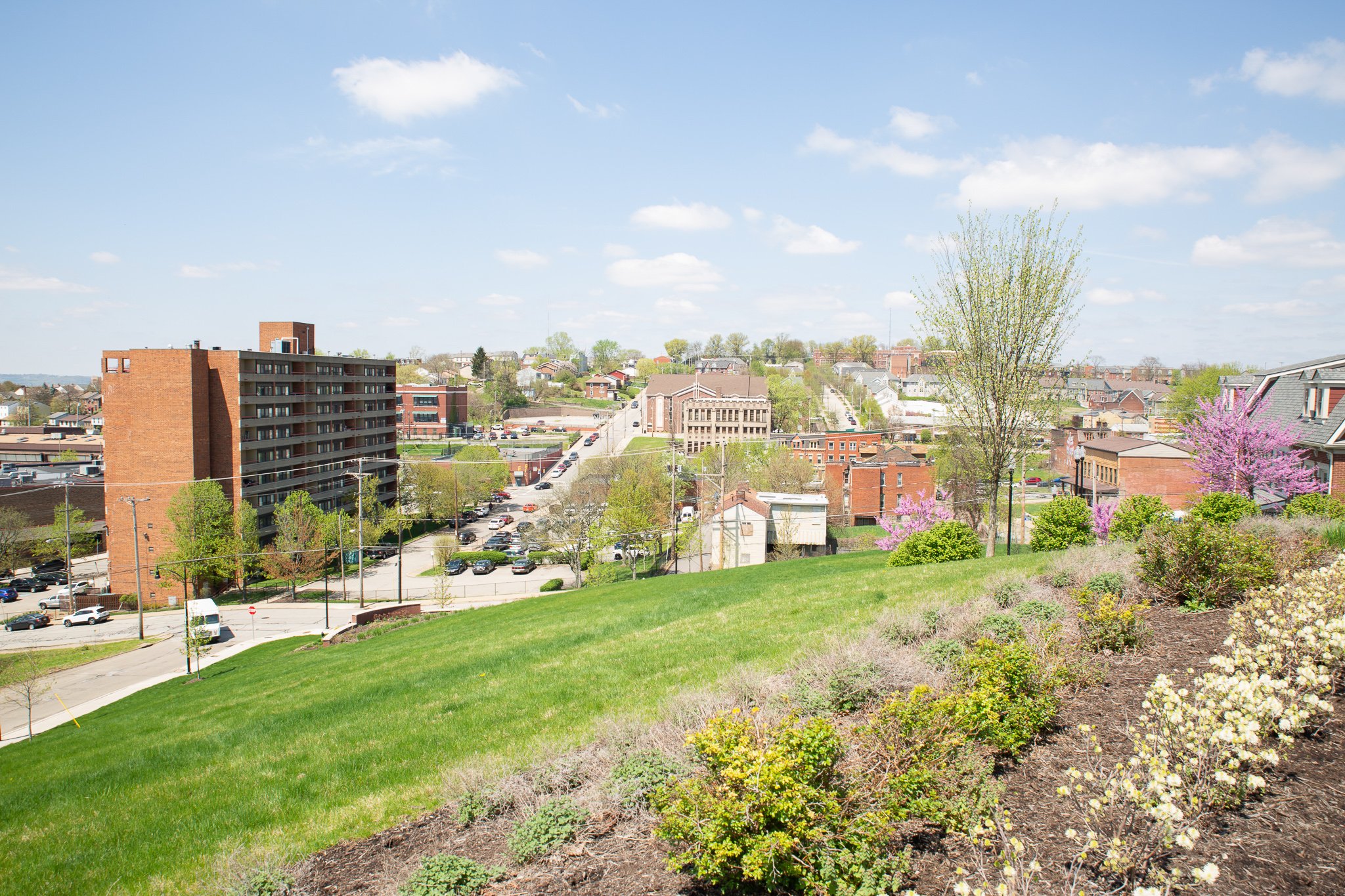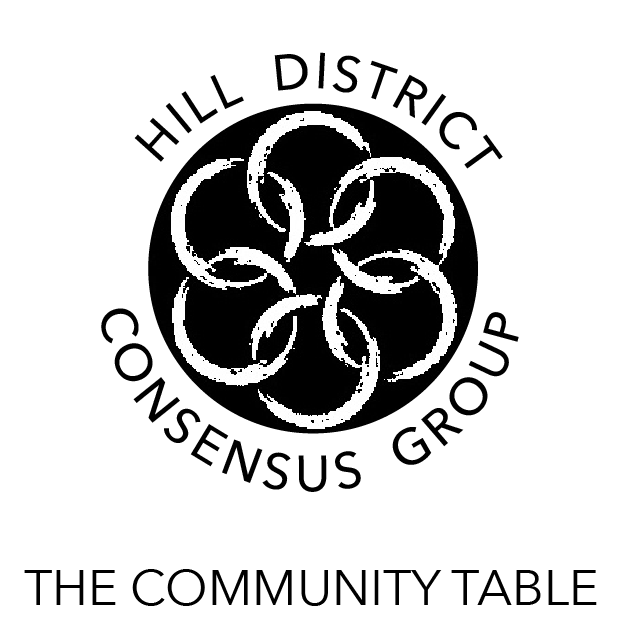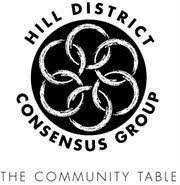
We understand that a seat at a table is never enough unless there is action to support that, we have provided a glossary of terms associated with development.
Housing and Community Development Terms Glossary
-
-
The difference between the home price a household can afford and the current market price of a typical home for that household size. A deficit or shortage in affordable housing for a region is the difference between the number of affordable homes available and the number of homes needed to house all of that region’s low-income residents.
-
According to federal government standards, housing, including utilities, should cost no more than 30% of your total income. Publicly-subsidized rental housing usually has income restrictions, dictating that tenants cannot not earn more than 60% of area median income (see “Area Median Income” below).
Homeownership programs generally serve residents earning up to 80% of median, or $53,760 for an individual or $69,120 for a three-person household.
-
Area Median Income. See “Median Income” below. This number can be calculated for a specific area. AMI is used to determine affordability at varying income levels, and different agencies have different definitions for these levels. For example, the U.S. Department of Housing and Urban Development (HUD) defines “Low-Income” as households earning below 80% AMI. The King County Countywide Planning Policies, on the other hand, define households earning 50-80% AMI as “Moderate Income” households.
-
American Recovery and Reinvestment Act
-
Comprehensive Community Initiatives
-
Community Development Corporation
-
Community Preservation and Development Corporation
-
Community and Supportive Services
-
Earned Income Tax Credit
-
An intervention that places homeless families directly in permanent housing, rather than putting them through a succession of programs. Families reside in shelters for the minimum time necessary to secure housing. Individually tailored support services assist families in attaining housing and achieving stability.
-
Fair Market Rent (FMR) is a statistic developed by HUD in order to determine payments for various housing assistance programs, most notably, the Section 8 Housing Choice Voucher Program. For a two-bedroom apartment in Pittsburgh the fair market rent is $981 per month.
-
Family Independence Initiative
-
Financial Opportunity Center
-
Family Self-Sufficiency
-
Housing Choice Voucher
-
A person who lacks a fixed and regular nighttime residence. The general public tends to think of “homeless” as persons living on the streets, whereas it can include persons living involuntarily with a friend or family member, living in a car, etc.—anyone without a fixed address.
-
Housing Opportunities and Services Together
-
A federally recognized public corporation with boards appointed by the local government. Their mission is to provide affordable housing to low- and moderate-income people. In addition to public housing, housing authorities also provide other types of subsidized housing for seniors or others with special needs and via housing vouchers such as Section 8, Veterans Affairs Supportive Housing (VASH) or Family Unification Program (FUP).
-
An innovative approach to ending chronic homelessness in which people are provided rapid access to low-cost apartments, with vital medical, mental health and other support services available on site. It is a more humane, a more successful and a more cost-effective method than paying for these same individuals to cycle in and out of the emergency room, the sobering center or jail.
Seattle has taken a leadership role in funding Housing First programs, 1811 Eastlake being an example cited by Housing First proponents nationwide.
-
Pittsburgh Resource created by the City of Pittsburgh to help support the development and preservation of affordable and accessible housing in the city. The 17-member advisory board was appointed by the Mayor and approved by Council to help oversee the Fund.
-
US Department of Housing and Urban Development
-
Individual Development Account
-
The Low Income Housing Tax Credit Program is product of the Tax Reform Act of 1986. The Act includes Section 42 of the Tax Code . The Tax Credit Program does not provide loans or grants but rather a tax incentive to owners of affordable rental housing. The incentive is an annual tax credit (a dollar for dollar reduction in the tax payer's federal taxes) earned in the initial ten years following when the units are placed in service assuming program requirements are met. A developer markets or “syndicates” the credits allocated to the development to investors whose contributions are used as equity in the development's financing plan.
Tax Credits are provided to each state using a per capita formula and each state's Governor must designate an organization to administer the program on behalf of the federal government. The Pennsylvania Housing Finance Agency has been designated as the allocating agency for Pennsylvania.
-
Low-Income Housing Tax Credit
-
Local Initiatives Support Corporation
-
The prevailing monthly cost for rental housing. It is set by the landlord without restrictions. The rate varies on market conditions but historically trends higher over time.
This is a statistical number set at the level where half of all households earn incomes above this level and half below. The U.S. Department of Housing and Urban Development Regional Economist calculates and publishes this median income data annually in the Federal Register.
-
Moving to Work
-
Nonprofit housing is developed by nonprofit corporations with a community board of directors and specific mission. Most housing developed by nonprofit housing developers is affordable with rents or prices below market-rate. Income generated from the housing is put back into the buildings and the mission of the organization, rather than being distributed to stockholders or individual investors as would be the case in for-profit housing
-
A nonprofit organization with a mission that involves the creation, preservation, renovation, operation and/or maintenance of affordable housing.
-
National Resident Services Collaborative
-
Neighborhood Stabilization Program 2
-
This is a type of subsidy going to property owners to reduce the management, maintenance and utility costs of housing. It is needed for projects housing extremely low-income residents who can’t afford rents covering the actual costs of housing.
-
Open Society Foundation
-
Rental apartments or ownership homes that provide individuals and families with a fixed street address and residence. Most housing is permanent.
-
This housing rents or sells at market rate and is developed and owned by for-profit individuals, partnerships, or corporations.
-
This federal program created in the mid-1970’s initially pledged 20-year commitments of rent subsidy to developers of privately owned rental housing stock in the community to encourage them to build affordable housing. The program is subsidized and regulated by HUD.
-
Public housing is housing owned and run by a local housing authority under the oldest federal housing program—the Housing Act of 1937. To be eligible to live in public housing, you must meet program requirements including being low income. In most cases, rent including utilities can comprise no more than 30% of your income.
The Seattle Housing Authority owns and operates over 8,000 units of public housing on about 400 sites, serving 34,000 people. For the rest of King County, KCHA and RHA provide over 9,000 and nearly 1,000 public housing units, respectively. Housing authorities operate significant numbers of other types of subsidized housing in addition to public housing
-
Short-term intervention for homeless families, which includes housing attainment, employment, and financial assistance services. Support is provided for up to one year.
-
Resident Opportunities and Self Sufficiency
-
Permanent affordable housing with tenant services serves homeless families with barriers to sustaining sufficient income to maintain independent housing. Like Rapid Re-Housing, emphasis is placed on rapid placement into housing from shelters or homelessness to support families in establishing permanent housing as quickly as possible.
Rent obligations remain affordable by an established standard (based on fund sources). Supportive services are not required, but Tenant Services may be made available for families.
-
This federal program is administered by local housing authorities. Also known as Housing Choice Vouchers, eligible tenants receive vouchers they can use to help them pay for apartments in the private market. With a voucher, tenants pay between 28 and 40 percent of their household income for rent and utilities, and the housing authority pays the difference between this amount and the amount the landlord requests. In King County, Section 8 Vouchers help more than 11,000 households rent affordable private-market housing.
-
Also called emergency housing. Provides temporary overnight living accommodations. Shelters often are not open during the day.
-
A generic term covering all federal, state or local government programs that reduce the cost of housing for low- and moderate-income residents. Housing can be subsidized in numerous ways—giving tenants a rent voucher, helping homebuyers with down payment assistance, reducing the interest on a mortgage, providing deferred loans to help developers acquire and develop property, giving tax credits to encourage investment in low- and moderate-income housing, authorizing tax-exempt bond authority to finance the housing and/or providing ongoing assistance to reduce the operating costs of housing and others.
Public housing, project-based Section 8, Section 8 vouchers, tax credits, the State Housing Trust Fund, and Seattle Housing Levy programs are all examples of subsidized housing.
Over the years, programs have been designed to help local housing authorities, for-profit developers and builders, nonprofit organizations and public development authorities provide low-cost housing. Unfortunately, the number of people needing subsidized housing is far greater than federal, state or local funding for these programs.
-
Combines affordable housing with individualized health, counseling and employment services for persons with mental illness, chemical dependency, chronic health problems, or other challenges. Generally it is transitional housing, but it can be permanent housing in cases such as a group home for persons with mental illness or developmental disabilities.
Supportive housing is a solution to homelessness because it addresses its root causes by providing a proven, effective means of re-integrating families and individuals into the community by addressing their basic needs for housing and on-going support.
-
The Community Builders, Inc.
-
This housing model provides stability for residents who need more intensive support services. Length of stay is flexible to allow them to recover from a crisis such as homelessness or domestic violence before transitioning into permanent housing. Transitional housing providers often offer supportive services, which enable a person to transition to a more independent living situation in market rate or other permanent housing.
Low income housing providers and funders have moved away from this model, and toward permanent supportive housing or housing with transitional services due in part to difficulties for residents to secure and maintain market housing.
-
The percentage of unoccupied units in a particular rental building or complex. A desirable low vacancy rate is generally considered to be 5% and factors for recently-vacated units beings prepared for the next occupants. Generally, in boom times, vacancy rates fall; while in recessions, vacancy rates rise. Low vacancy rates often are a signal for market providers to raise rents.
-
Because there is a shortage of affordable housing, many individuals and families must sign up to be on a waiting list for a particular apartment or type of affordable housing. Waiting lists in King County can be up to three years depending on location and type of subsidy offered.










